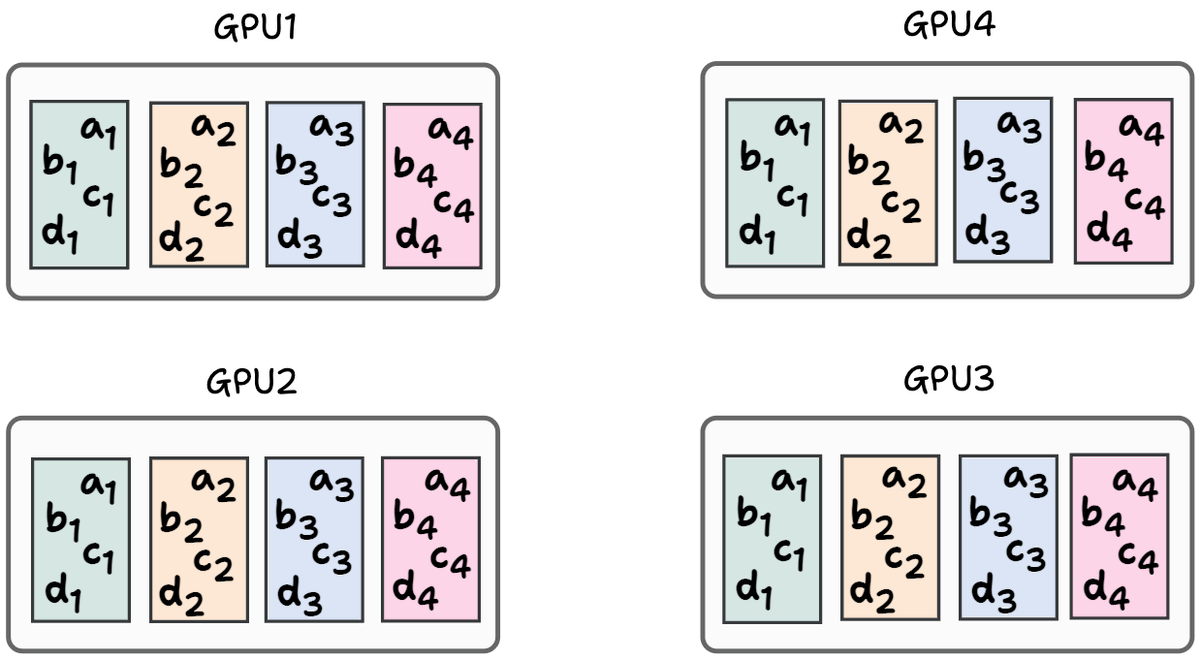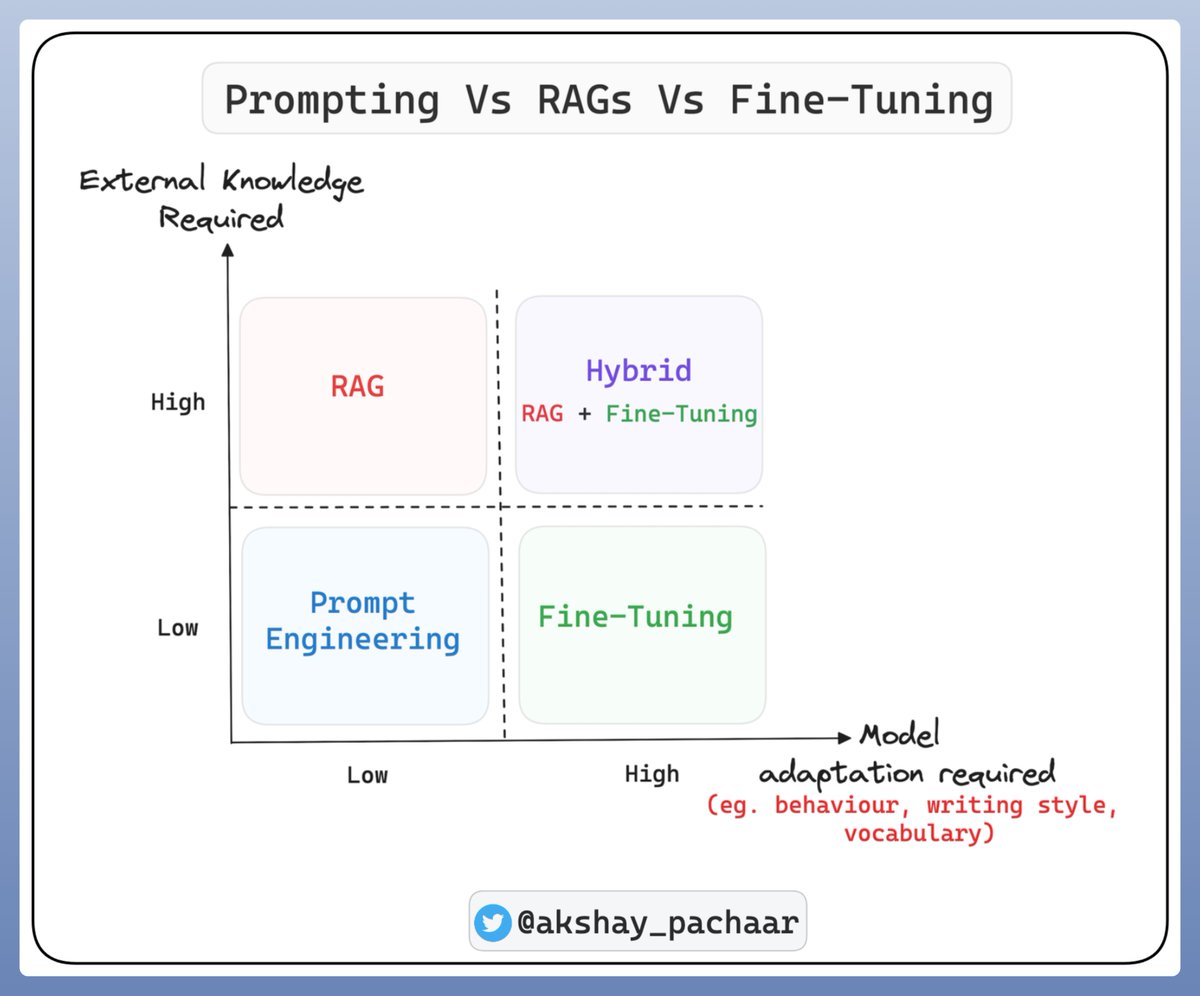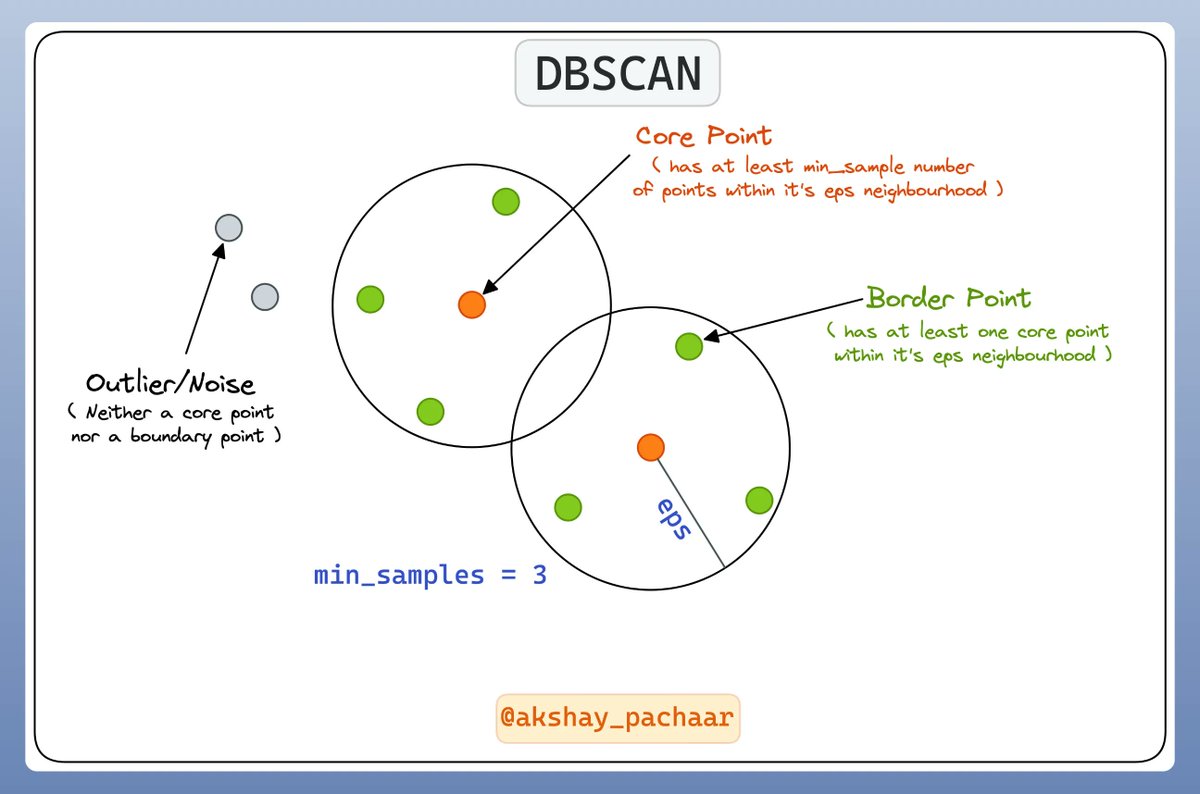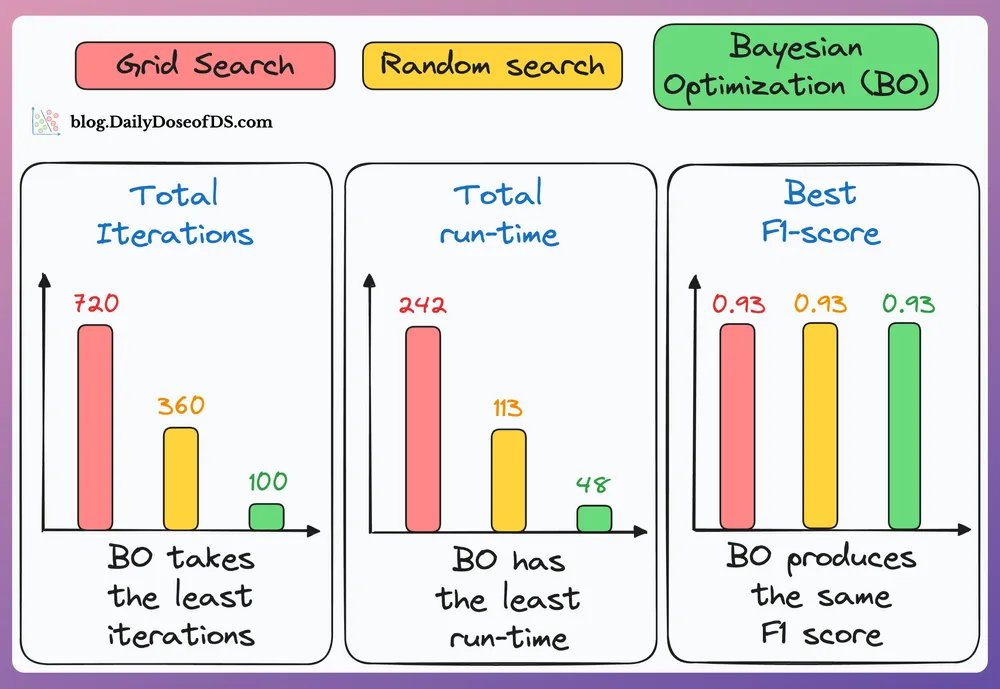
Simplifying LLMs, AI Agents, RAG, and Machine Learning for you! • Co-founder @dailydoseofds_• BITS Pilani • 3 Patents • ex-AI Engineer @ LightningAI
32 subscribers
How to get URL link on X (Twitter) App












 Before we proceed, I want you to understand something!
Before we proceed, I want you to understand something!







